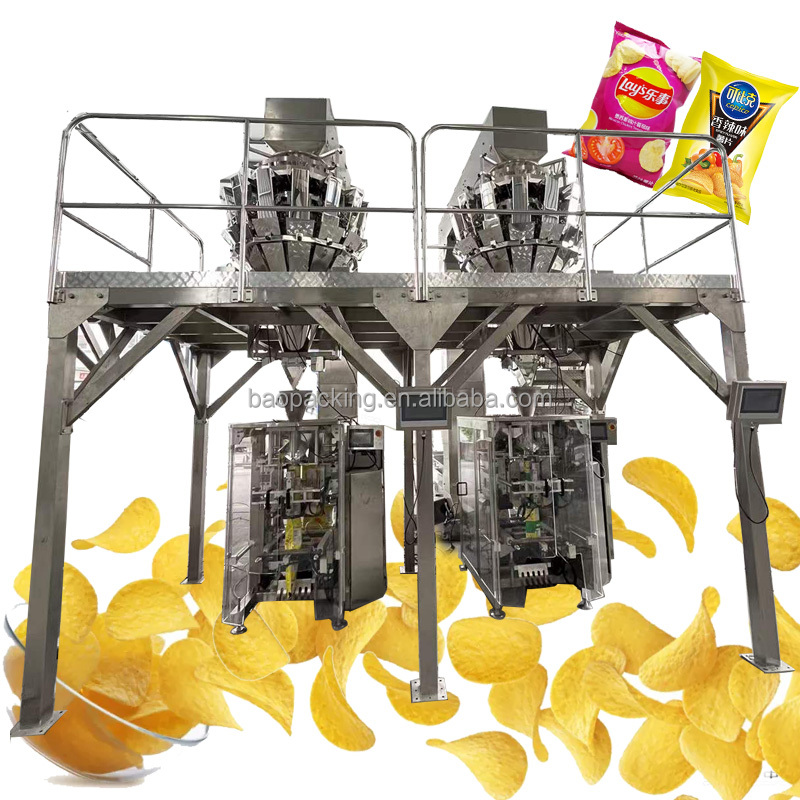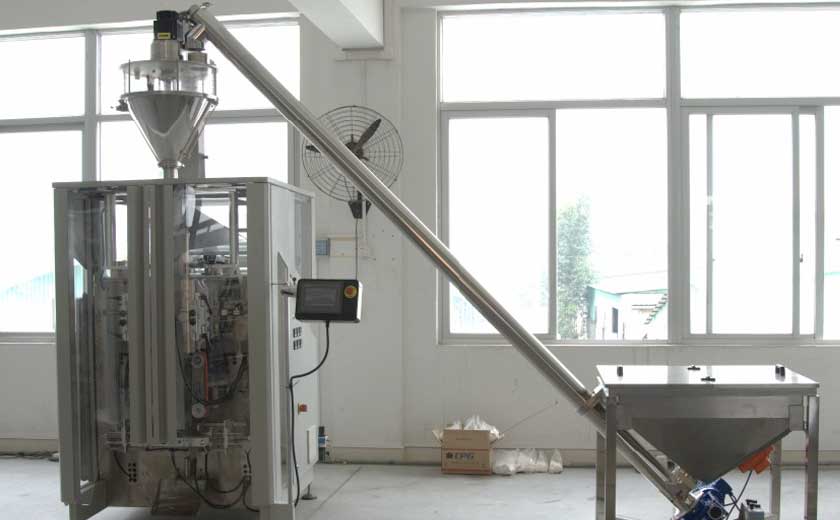How Paste Packaging Machines Work- Explained
In today’s world of fast-paced manufacturing, efficiency and precision are paramount. Packaging machines, particularly those designed for viscous substances like pastes, play a crucial role in ensuring product integrity, quality, and speed. To delve into the intricacies of paste packaging machines, let’s explore their intricate inner workings in this comprehensive guide.
Filling Mechanisms
At the heart of any paste packaging machine lies its filling mechanism. Typically, there are two primary types:
Auger Fillers
Auger fillers utilize a rotating screw-like mechanism that gently transports paste into preformed containers or pouches. The auger’s variable speed and pitch allow for precise dosing and accurate fill levels.
Piston Fillers
Piston fillers consist of a piston that travels up and down a cylinder, creating a vacuum to draw paste into the filling chamber. Once filled, the piston descends, dispensing the paste into containers. Piston fillers offer a wide filling range and are suitable for pastes with varying viscosities.
Sealing Systems
After filling, the containers require secure sealing to prevent leakage and contamination. There are various sealing systems employed in paste packaging machines:
Heat Sealing
Heat sealers use heat to melt a thin layer of plastic on the edge of the container and seal it onto a lid or film. This method is suitable for flexible packaging materials like pouches or bags.
Ultrasonic Sealing
Ultrasonic sealers generate high-frequency vibrations that create friction and heat, melting and bonding the edges of the container for a hermetic seal. This method is ideal for rigid containers with thin walls.
Crimping
Crimping machines use a crimping tool to compress and fold the edges of a metal container, creating a secure seal. This method is commonly used for tubes or collapsible containers.
Container Handling
Efficient container handling is essential for a smooth packaging process. Paste packaging machines incorporate various mechanisms to move containers:
Infeed Systems
Infeed systems automatically orient and feed empty containers into the filling machine. They can be integrated with conveyors, vibratory bowls, or pick-and-place robots.
Outfeed Systems
Outfeed systems collect filled containers and transfer them for subsequent processes like labeling, printing, or stacking. These systems may involve conveyors, sorting mechanisms, or robotic arms.
Controls and Automation
Modern paste packaging machines rely on advanced controls and automation systems to optimize performance and minimize manual intervention. They typically feature:
Programmable Logic Controllers (PLCs)
PLCs are the brains of the machine, controlling the filling process, sealing, and container handling. They can be programmed with specific recipes and parameters to ensure accurate and consistent operation.
Human-Machine Interfaces (HMIs)
HMIs serve as a user interface, allowing operators to set parameters, monitor the machine’s status, and troubleshoot any issues. They typically provide real-time data and diagnostic information.
Conclusion
Paste packaging machines are vital components in the production of a wide range of products, from toothpaste to condiments to cosmetics. By understanding the different filling mechanisms, sealing systems, container handling, and control systems involved, manufacturers can select the optimal machine for their specific applications. With its precise dosing, efficient sealing, and automated operations, paste packaging machines ensure the highest quality and productivity in the packaging industry.
-
Overview of Packaging Machine Buying Guides
08-01-2024 -
How Does a Vertical Form Fill Seal Machine Work?
30-10-2023 -
Advancements in Auger Powder Filling Technology
27-10-2023 -
A Deep Dive into Automatic Packaging Machines
26-10-2023 -
The Revolutionary Fully Automatic Potato Chips Packaging Machine
20-09-2023 -
How to choose the right packaging machine?
23-08-2023 -
Reducing Waste And Maximizing Yield With Multihead Weigher Machines
15-03-2023 -
Nuts Packaging Machine for Dry Products Perservation
26-11-2022 -
Is Automated Biscuit Packaging Machine Better Than Manual Opeartion?
25-11-2022













